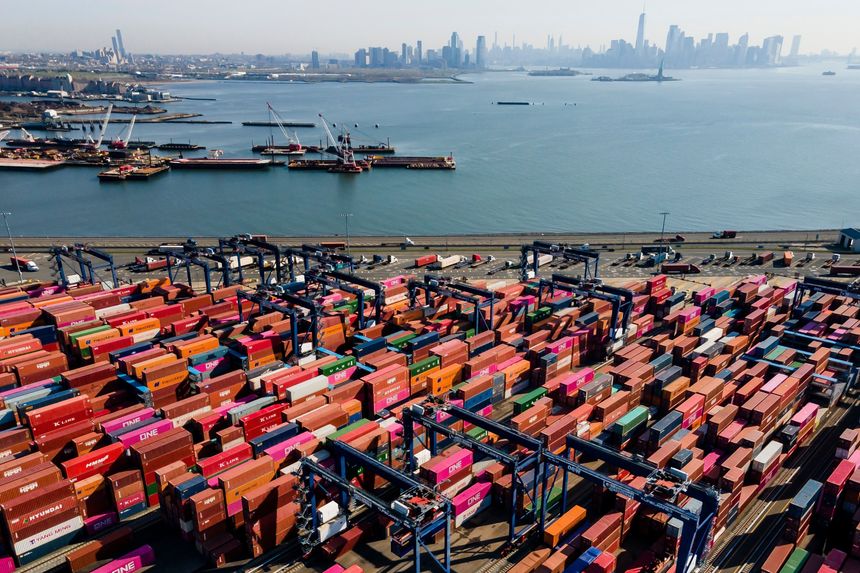
Port of New York shatters trade record, but latest shipping data hints at California comeback
NEW YORK : The Port of New York and New Jersey moved almost 9.5 million TEUs (twenty-foot equivalent units) for 2022, the first time in its history the port broke the nine-million container mark and another sign of its greater prominence in the global supply chain as more trade has moved away from the West Coast.
The New York port has increased the number of containers moved every year since 2017, and in 2022, in particular, benefited from the threat of labor strikes at West Coast ports which led logistics managers to re-route trade.
While the Port of New York and New Jersey came in second overall – recording a total of 9,493,664,00 for total containers processed, behind the Port of Los Angeles at 9,911,158 TEUs – in recent months the Port of New York took the top spot away from California as the nation’s busiest port. The Port of Long Beach moved 9.13 million TEUs last year.
“These 9.5 million TEUs is more than 27% of 2019 levels,” said Bethann Rooney, Port Director of the Port of New York and New Jersey. “This is a staggering growth rate compared to our historical growth of 3.5% a year.”
East Coast and Gulf Coast ports have been investing for years to increase market share on a permanent basis. The Port of New York is planning to ramp up its operations to handle more freight trucking traffic, with Rooney noting that only 36% of available hours to receive freight by truck are currently being used.
“This is not sustainable if we are going to handle 14 million TEUs in the not too distant future,” she said. A 24/7 framework will need to be developed over time, but “there is a need to do something new now,” she said. “It [24/7] requires significant changes and investments now but we need to start thinking how we will get there incrementally,” she added.
But the West Coast has an advantage in ocean travel time, which some experts say will ultimately lead more trade back to California if labor issues wane.
Union Pacific CEO Lance Fritz told on Tuesday that his company is hearing about more positive developments from the labor negotiations, saying the “temperature is relatively low” and saying the executive directors of the Port of Los Angeles and Port of Long Beach are expecting to reach agreements, though the timeline remains uncertain. Flexport CEO Ryan Petersen recently told that the East Coast lead would last “until they get a contract signed … which is hopefully soon. … If they have stability on the West Coast, it doesn’t really make sense to spend the extra two weeks crossing to go to the East Coast. It’s much faster if you bring it through the West,” he said.
For the first time in four months, New York processed fewer containers than the Port of Los Angeles, moving 613,011 containers versus LA’s 728,871 in December.
“Since October, we have seen a sharp decline in volume and in the markets,” Rooney said. “We expect more normalized levels in the second half of the year.”
In a recent supply chain survey, nearly a third of logistics managers at major companies and trade groups say they do not know how much trade they would return to the West Coast after a key labor deal is reached. The survey questioned 341 logistic managers during the week of Dec. 12-19 at companies that are members of the National Retail Federation, the American Apparel and Footwear Association, the Council of Supply Chain Management Professionals, the Pacific Coast Council, the Agriculture Transportation Coalition and the Coalition of New England Companies For Trade.
Overall trade volumes have softened in most key categories, as evidenced in Union Pacific’s earnings earlier this week. The decrease in the volume of trade coming into the U.S. is eating into the earnings of railroads and trucking companies, which get paid per the amount of freight they move — the rails handle 40% of freight volume in the country’s goods economy. Union Pacific’s Fritz told on Tuesday that while moving inland freight is an opportunity, and distinct from the battle between the coastal ports, it cannot compensate for the lower amount of overall freight and a housing market and consumer that are both looking “wobbly,” with consumers “pulling in their horns.”
Source: CNBC
